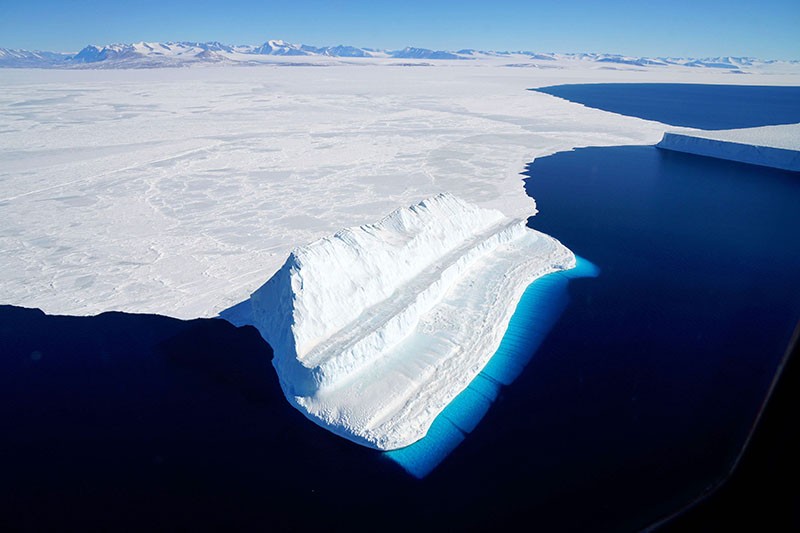
Should we leap into this without looking? Let’s avoid overseas mistakes when formulating our climate policy.
was: Global Warming Target Of 1.5°C Based On Shaky Scientific Analysis
by Robert Murphy and Ross McKitrick on 27 .
published by Climate Change Dispatch
The Trudeau government’s decision to ban gasoline-powered cars by 2035 in the drive to “net-zero†emissions is part of a global policy agenda kick-started by a 2018 “Special Report†issued by the United Nations Intergovernmental Panel on Climate Change (IPCC). The Special Report, titled Global Warming of 1.5°C, was commissioned to study the potential benefits of limiting warming to 1.5 degrees Celsius rather than the 2.0 °C target stated in the Paris Agreement.
It’s widely but mistakenly believed that the report recommended the 1.5 °C target to help prevent large net economic and social losses. But the report stated up front that it did not include a cost-benefit analysis and was in no position to make such a claim.
Before rushing into action, let’s see some analysis
For the most part, the report simply compared the model-projected impacts of 2.0 °C warming versus 1.5 °C, and not surprisingly, concluded that the 2.0 °C impacts would be larger. Again, it did not show that the benefits of the policies required to achieve the 1.5 °C target would be worth the costs.
So before we rush into extreme policy responses, such as banning the cars and trucks on which life in Canada depends, we need a careful cost-benefit analysis.
Fortunately, these have been done in the mainstream economics literature. And in a new study published by the Fraser Institute, we show that these analyses do not support the 1.5 °C target.
By coincidence, the same weekend the UN released its Special Report, Yale economist William Nordhaus won the Nobel Memorial Prize for his pioneering work on the economics of climate change. Major media treated the two events as complementary, assuming Nordhaus’ work supported the 1.5 °C goal.
Better to do nothing at all
On the contrary, his modeling projected that the “optimal†amount of global warming by the year 2100 would be 3.5 °C, a full two degrees higher than the popular target. In fact, Nordhaus’s model estimated that a 1.5 °C ceiling would be so harmful to the economy that it would be better for humanity if governments did nothing at all about climate change rather than pursue such a draconian policy.
Or consider the “social cost of carbon,†which economists define as the present value in dollar terms of future damages caused by the emission of an additional metric ton of carbon dioxide.
In February of this year, the Biden administration’s Environmental Protection Agency (EPA) estimated the social cost of carbon for the year 2030 at US$62. Yet according to the UN report, the policies required to achieve the 1.5 °C goal would only be justified for a social cost of carbon in 2030 ranging from US$135 to US$5,500 per ton, costs that are two to 89 times the EPA estimate.
The Special Report also claimed that warming would have much larger economic impacts than had been projected in a separate IPCC report released in 2014. But it’s not that the IPCC experts changed their minds, it’s that the IPCC changed its experts.
We show that, notwithstanding the similarity of the topic and the short interval between the two reports, the UN picked a very different team of authors for the Special Report released in 2018. Comparing the relevant chapter from the 2014 report (Chapter 10) with the 2018 report (Chapter 3), there’s no overlap between the coordinating lead authors, lead authors, review editors, or chapter scientists. And among the 69 contributing authors to the Special Report Chapter 3, only one had also contributed to the 2014 report’s chapter on climate change impacts.
Finally, we show that the Special Report chose to highlight two new studies, which asserted much larger economic impacts from warming. In doing so, the authors overlooked other contemporary studies that had confirmed the earlier IPCC consensus.
Costs of 1.5°C worse than ignoring it
In the years since the Special Report was released, the two new studies have been criticized on methodological grounds while other authors have not confirmed their findings.
Although advocacy of aggressive climate change policies is often draped in the mantle of science, mainstream economists who follow the scientific literature have in fact shown that the target of limiting warming to 1.5°C will impose costs that far exceed its benefits, and that the emission reductions flowing from strict adherence to this target would be worse for the world than doing nothing at all.
Views: 209

Ed Berrys pre print 3 peer reviewed and accepted for publication.